Greetings, fellow SkyWatchers! Are you ready to spend a weekend with the Moon? If you have children or grandchildren around, there’s a feature that you won’t want to miss that’s sure to ignite their imaginations and give them a real thrill! Even though the nights are getting downright cold for most of the northern hemisphere, we’re here to warm them up with some great double stars and lunar challenge craters we think you’ll enjoy. Dress warm, grab your optics, and let’s go….
Friday, December 5, 2008 – With only 20 days left until the holiday, astronomers have recently discovered a unique feature on the lunar surface. While accepted for many years as a natural feature of selenography, modern photography coupled with today’s high-powered telescopes have discovered an area near the lunar North Pole being used as a runway by a man in a red suit piloting an unusual spacecraft. Be sure to spark the imaginations in your young viewers as you show them the Alpine Valley!
 Tonight your stellar destination is K-type star, 51 Andromedae (RA 01 37 59 Dec +48 37 41). You’ll find it as the northernmost star in the A-shape which forms the constellation – it is considered to be the Lady’s foot. Located 174 light-years away, star 51’s claim to fame is being one of the few well-evolved stars for which we know the exact parallax. While this is interesting enough in itself, the true beauty of this region is simply the field which accompanies this 3.5 magnitude star. Go tonight and enjoy it in binoculars or at low power!
Tonight your stellar destination is K-type star, 51 Andromedae (RA 01 37 59 Dec +48 37 41). You’ll find it as the northernmost star in the A-shape which forms the constellation – it is considered to be the Lady’s foot. Located 174 light-years away, star 51’s claim to fame is being one of the few well-evolved stars for which we know the exact parallax. While this is interesting enough in itself, the true beauty of this region is simply the field which accompanies this 3.5 magnitude star. Go tonight and enjoy it in binoculars or at low power!
Saturday, December 6, 2008 – Tonight there are craters galore to explore: Plato, Aristotle, Eudoxus, Archimedes… But let’s head to the deep, deep, south as we go out on the limb for Klaproth and Casatus. Differing by only eight kilometers in width, this pair of extreme features is well worth all the magnification skies will allow!
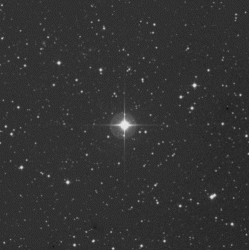 With deep sky studies improbable for the next few days, why don’t we try taking a look at another interesting variable star? RT (star 48) Aurigae is a bright Cepheid that is located roughly halfway between Epsilon Geminorum and Theta Aurigae. This perfect example of a pulsating star follows a precise timetable of 3.728 days, and varies by close to one full magnitude.
With deep sky studies improbable for the next few days, why don’t we try taking a look at another interesting variable star? RT (star 48) Aurigae is a bright Cepheid that is located roughly halfway between Epsilon Geminorum and Theta Aurigae. This perfect example of a pulsating star follows a precise timetable of 3.728 days, and varies by close to one full magnitude.
Located 1600 light-years away, RT was discovered in 1905 by T. H. Astbury of the British Astronomical Association. Like all Cepheids, it expands and contracts rhythmically – for reasons science is not completely sure of. Yet, we do know that it takes about 1.5 days for it to expand to its largest and brightest; and then 2.5 days for it to contract, cool, and dim.
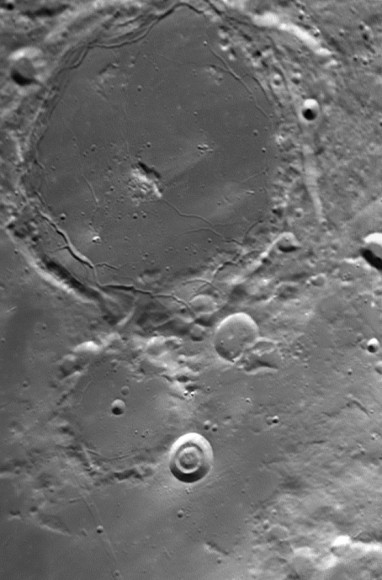 Sunday, December 7, 2008 – Today is the birthday of Gerard Kuiper. Born 1905, Kuiper was a Dutch-born American planetary scientist who discovered moons of both Uranus and Neptune. He was the first to know that Titan had an atmosphere, and he studied the origins of comets and the solar system.
Sunday, December 7, 2008 – Today is the birthday of Gerard Kuiper. Born 1905, Kuiper was a Dutch-born American planetary scientist who discovered moons of both Uranus and Neptune. He was the first to know that Titan had an atmosphere, and he studied the origins of comets and the solar system.
Tonight on the south shore of the emerging Mare Nubium, look for ancient craters Pitatus and Hesiodus right on the terminator. During this phase, something wonderful can happen! If you are at the right place at the right time, sunlight will shine briefly through a break in Hesiodus’ wall and cast an incredible ray across the lunar surface! If you don’t catch it, you can still enjoy one of the few concentric craters on the Moon.
When you are done with your lunar observations, turn the scope toward lovely Gamma Andromedae (RA 02 03 53 Dec +42 19 47).
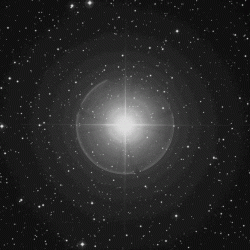 Visible to the unaided eye and known as Almach, this 2nd magnitude K-type star is perhaps one of the most beautiful of all double stars for a small telescope. Believed to have been discovered in 1788 by J. T. Mayer, one of the reasons this particular star is considered extraordinary is its color contrast. The primary star is a warm, golden yellow, while the 5th magnitude secondary is notably green. But that’s not all…
Visible to the unaided eye and known as Almach, this 2nd magnitude K-type star is perhaps one of the most beautiful of all double stars for a small telescope. Believed to have been discovered in 1788 by J. T. Mayer, one of the reasons this particular star is considered extraordinary is its color contrast. The primary star is a warm, golden yellow, while the 5th magnitude secondary is notably green. But that’s not all…
In 1842, Otto Struve noticed the secondary was itself a binary star – its secondary is only a magnitude less bright, and quite blue. This pair has a highly elliptical orbit of about 61 years. While they last reached maximum separation in 1982, even in 2008 they can be split easily with larger optics. But that isn’t all either! The third component is also a spectroscopic binary which has a rotational period of just under three days! Be sure to catch the quadruple Almach system… It may be 260 light-years away, but tonight you’ll find it as close as your telescope!
Until next week… Ask for the Moon, but keep on reaching for the stars!
This week’s awesome images are: Santa’s Landing Strip – Credit: Wes Higgins, 51 Andromedae – Credit: Palomar Observatory, courtesy of Caltech, Klaproth and Casatus – Credit: Wes Higgins, RT Aurigae – Credit: Palomar Observatory, courtesy of Caltech, Pitatus and Hesiodus – Credit: Wes Higgins and Gamma Andromedae: Almach – Credit: Palomar Observatory, courtesy of Caltech. Thank you so much!


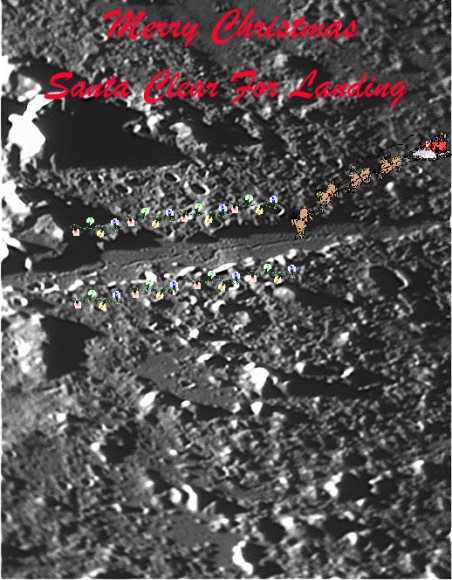
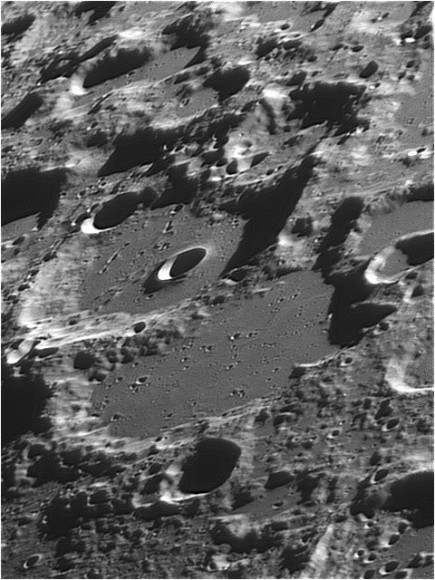
Thanks for the “head’s up!”. If I get a clear sky Sunday night, I’ll be out there.